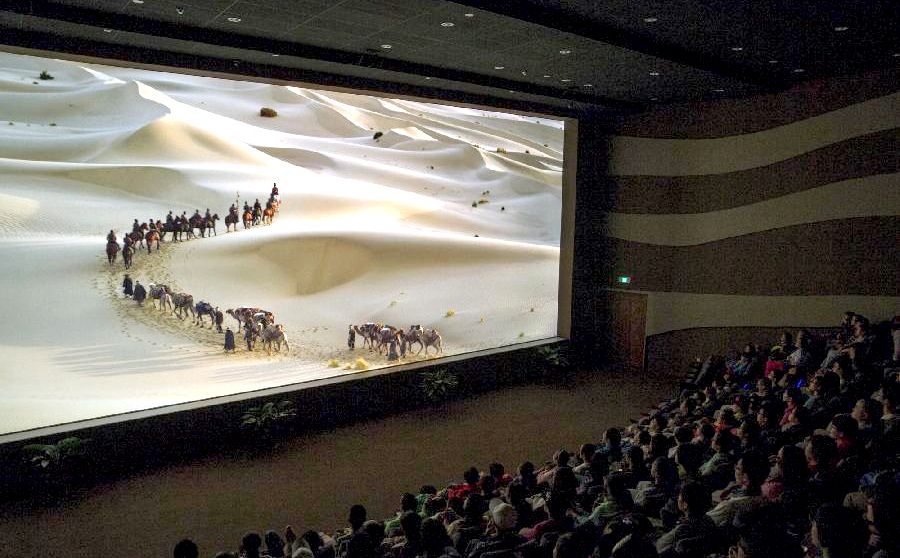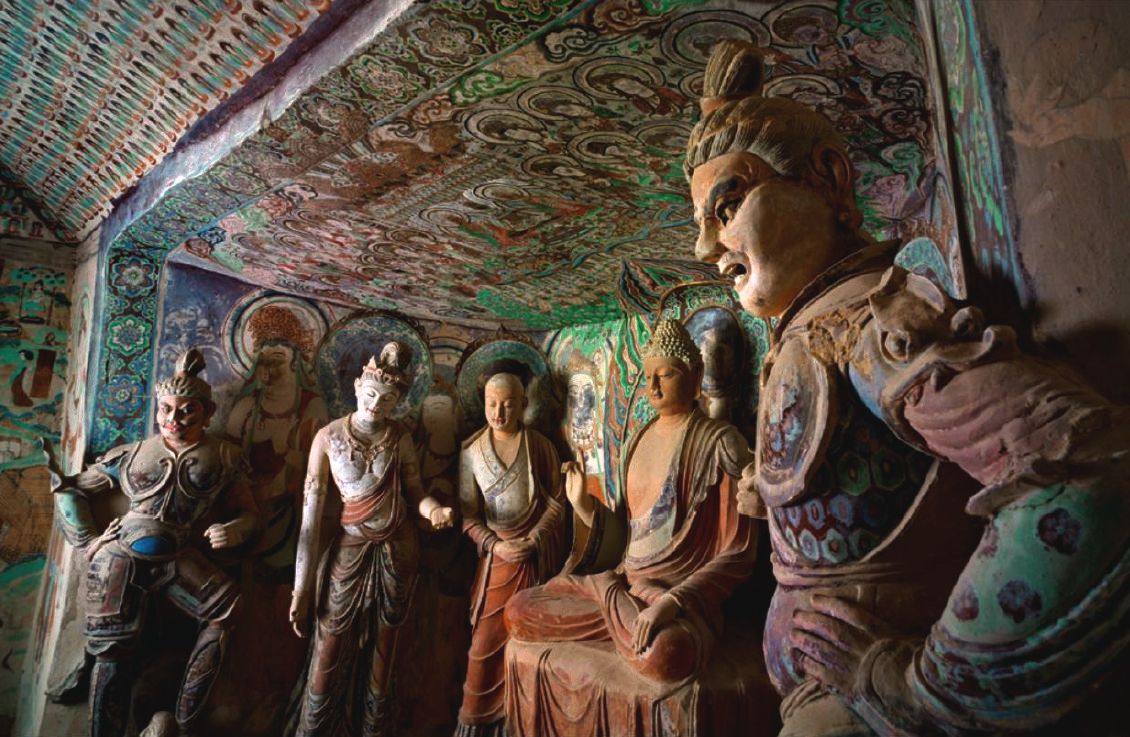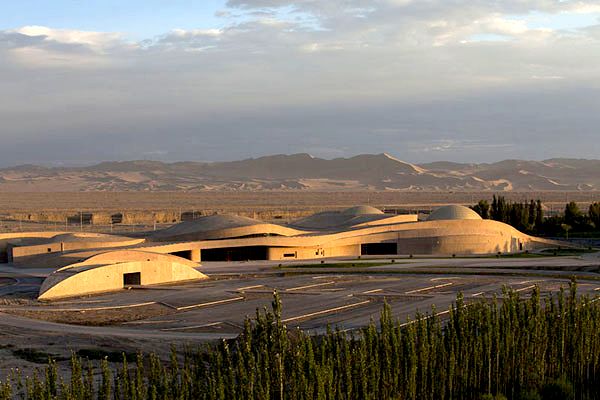Preservation and Technology
A guest post by Brian Yin
Throughout China, with the massive increase in tourist traffic both international and domestic, there are artifacts and sacred sites that are being damaged, often irreparably so by the sheer numbers of visitors. There is always a balancing act between access and preservation: If access is too limited, sites lose their draw card, but if it is too open, then there will be a finite lifespan to them. The Terracotta Warriors in X’ian are an example of how this problem was approached decades ago – when China was just opening up. When the excavated warriors were exposed to the environment, the paint rapidly deteriorated, leaving the clay soldiers “plain earth” as we see them today. The response was to re-bury the majority of the army, to preserve it for future generations.

A sensational find: The Terracotta Warriors in Xi’an
A national salvation scheme for heritage sites in jeopardy
At the Magao Grottoes of Dunhuang – an oasis by the Silk Road – we are now experiencing the future in terms of getting the best out of our technology by putting it to use at the incredible historical sites China has to offer.
The Magao Grottoes are a system of rock-cut caves that contain some of the world’s finest examples of Buddhist art. Where once over 1,000 existed, 492 remain today with the oldest dating back to the Northern Wei Dynasty (385 – 557). This UNESCO heritage listed site has received over five million visitors in the past decade and the mixture of moisture and carbon dioxide exuded by them has made a significant impact on this historical resource.

Embarking on a digital journey along the Silk Road…
In order to preserve the caves as best as possible, but also to maintain the interest in the site, the Digital Display Centre of the Magao Grottoes opened on August 1st, 2014. Using the latest digital mapping and imaging technology, these caves have been recreated in a 3D digital format. Visitors to the center are not only inspired with recreations of the desert journeys on the silk road, but with 3D digital imagery of the caves that shows them as they would have been when made between 385 and about 1600 AD.

… and venturing deep into the caves.
This is combined with visits to a very limited number of caves based on a rotation system that allows for their careful maintenance and preservation. Visitors now get the best of both worlds: A view of this ancient wonder in its desert landscape as it once was, as well as the ethereal emotions that you have when you visit the actual sites.

The Digital Centre – perfectly blending into the desert landscape.
The Chinese are not stopping at the Magao Grottoes. Similar projects are planned on sites all over China. These will include the Potala Palace in Tibet and may also be considered for parts of the Forbidden City in Beijing that have been closed to the public for the purpose of preservation.
So, the marriage of technology and history can be a very positive one in respect to preserving and enhancing our historical monuments and sites.
Brian Yin, Managing Director of Destination China (a member of euromic)
All images courtesy of www.destinationchina.biz
